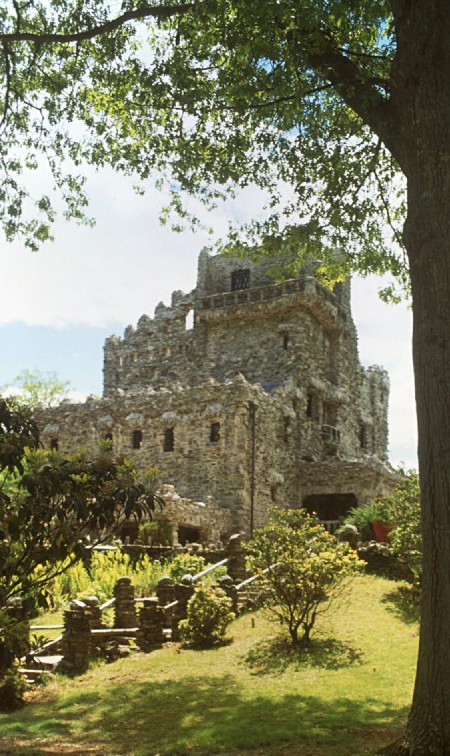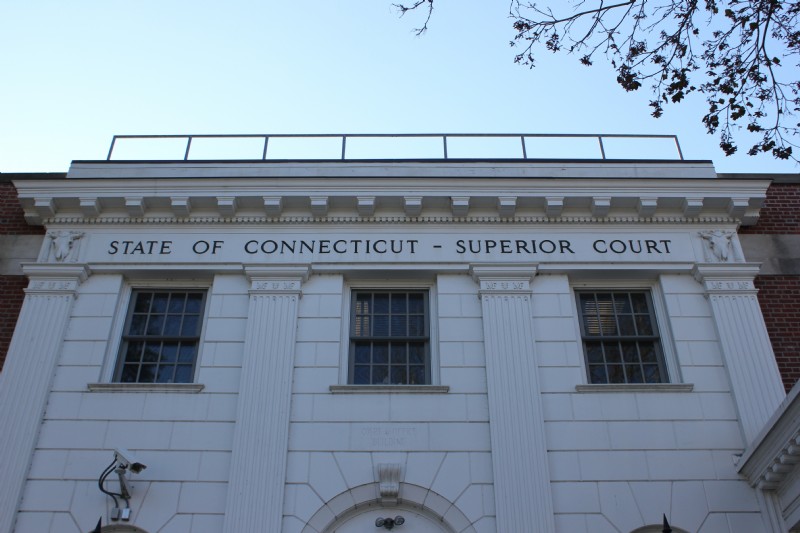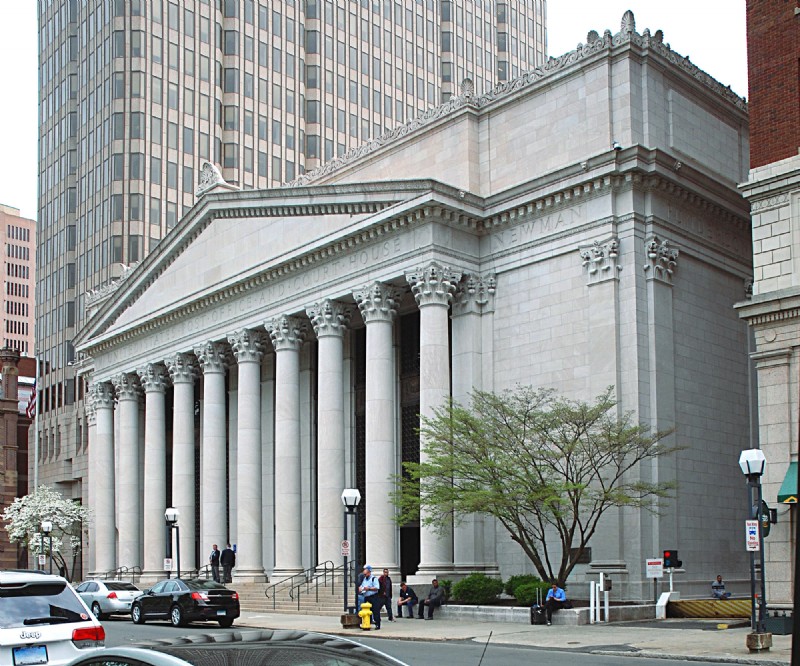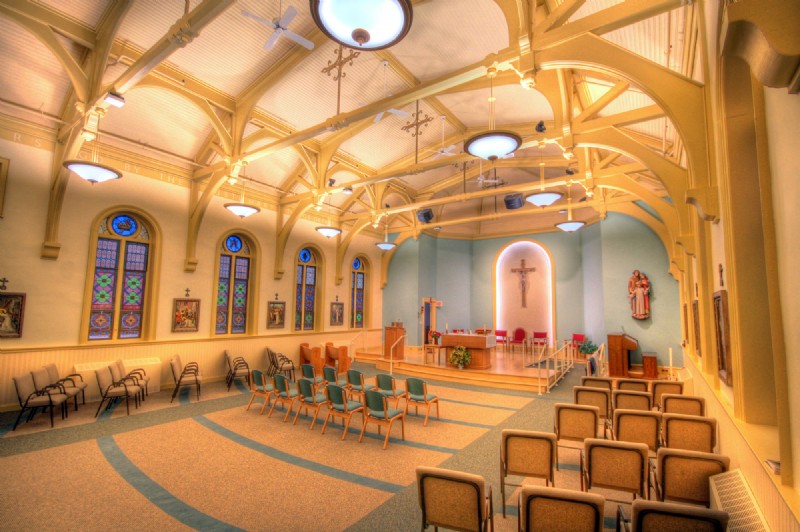What’s the real cost of replacement windows?
We think there are so many reasons to save original wood windows versus replacing them. Unfortunately, the advertisements of replacement window companies are loud, and claims of the money that can be saved in energy costs are vehement. What isn’t mentioned is the fact that replacement windows won’t last long enough to make that savings legitimate, or all the embodied energy costs that are involved in the replacement window process. When you dig a little deeper, is it really a savings?
We know people like the numbers, so let’s look at some:
Single pane window (that old wood window): U-Value 1.10
Single pane window combined with storm windows: U-Value 0.50
Expensive new double pane thermal replacement window: U-Value 1.10 – 1.60
The lower the U-Value the better. You will note that an old wood window combined with storm windows is about equal or greater than new energy efficient replacement windows. Also, today’s replacement windows have a lifespan of 15-20 years, versus the 100+ years that original wood windows have already lasted! Those new windows will cost you – not save you money.
Let’s Compare Windows
Yearly energy saving between a single pane window and a new double pane thermal replacement window (on one 3’ x 5’ window): 625,922 Btu
Annual savings per window if using gas heat at $0.95/therm: $9.65/ year
Simple payback if you assume a decent replacement window will cost $400 installed (based on 2023 data): $400/ $9.65 year = 41 ½ years!
With a lifespan of 15-20 years for most thermal replacement windows, they will not last long enough to pay for themselves.
Not a good investment!
- You would do better to invest your money in adding additional insulation to the attic of your home. Most heat loss (heat is radiant, but most rises) escapes up through non-insulated areas such as attics.
- Heat also escapes out exterior walls and access points. Be sure any gaps and cracks are caulked, and windows and doors are weatherstripped.
- Adding weatherstripping to window sash, such as a silicone compression bulb, to the back of the meeting rail and at the bottom of the bottom rail. Also installing spring bronze on the window frame pockets, along with a properly operating sash lock to compress the compression bulb is an inexpensive way to stop any air infiltration.
The Environmental Cost of Making New Windows
A single new window has an embodied energy of about 2,300,000 Btu’s used to produce that window. This includes only the energy to produce the window, not the considerable, additional embodied energy required to obtain and deliver the raw materials, shipping and packaging, delivery, the resources used by the contractor to purchase and install the window. Then there is the energy required to dispose of the old window it is replacing.

Embodied energy is a calculation of all the energy that is used to produce a material or product, including mining, manufacture and transport. It will take about 4 years for the energy payback if considering only the production embodied energy (and as we point out, that is really only the tip of the embodied energy iceberg).
If we consider the total embodied energy, it will take more than 6 years before you are saving anybody any energy.
Are Storm Windows a Good Investment?
Yearly energy saving if a storm window is put over a single pane window (one 3’ x 5’ window): 722,218 Btu.
Annual savings per window if using gas heat at $0.95/therm: $11.72/ year
Simple payback if you assume an off the shelf fixed aluminum storm window will cost. $90.00 to $100.00 (2023 data): $90.00/ $9.65 year = 9 years!
This makes storm windows a good investment!
Not only do you get to keep those beautiful historic wood windows with their wavy glass that fit the architecture of the building, but also the storm window will help to protect historic windows as they do their energy saving work. The storms don’t have to be triple track aluminum – wood storm windows are readily available and effective. Many have easy storm glass/screen exchangeable sashes for easy seasonal changing.
Already have solid wood windows with storm windows, but wondering if new low-e glass is a better savings?
Yearly energy saving between a single pane window combined with a storm window and a new low-e double pane thermal replacement window (based on one 3’ x 5’ window): 132,407 Btu
Annual savings per window if using gas heat at $0.95/therm: $2.03/ year
Simple payback if you assume a decent low-e replacement window will cost $450 installed: $450/ $2.03 year = 222 years!
If you consider the total embodied energy, it will take over 20 years before any energy is saved. As the replacement window will barely last that long, you are being an energy waster by replacing those windows, not an energy saver. Now we are also filling landfills with more building debris.
Summary
Keeping and maintaining those beautiful old wood windows is “recycling” in its most energy saving, economical, and earth friendly form.
Each year, over 120 million windows end up in landfills, and about half of those are under 20 years old. Historic wood windows were constructed to last, and many are 100+ years old and still going strong. Made from old growth wood, they are substantially more enduring, pest resistant, and stable than modern wood and clad products. Original wood windows that are well maintained, or restored can (and do) last for many more decades to come.
As demonstrated in this study, replacement windows have a much shorter lifespan, only 10-20 years. They also cannot be repaired, so once they fail, they become more construction waste filling our landfills. So this means a replacement window will need to be replaced at least four times as compared to the lifespan of an original wood window!

There is no question that the total lifecycle cost of replacement windows uses far more energy and natural resources than the restoration of existing wood windows. Considering material sourcing, the depletion of natural resources and forests, petroleum-heavy manufacturing methods, transportation, and installation, replacement windows are far from energy efficient or a sustainable practice. Conversely, wood window repair and restoration utilizes a resource that already exists. Utilizing local tradespeople to maintain and restore wood windows, supports local economy and small business, versus supporting mass-manufacture of off-the-shelf, composite products.
Wood Windows – Repair or Replace?
For all these reasons alone, it is actually cheaper in the long run to save original wood windows. Add to this fact, the historic significance, superior materials and craftsmanship of wood windows, and there seems no question to us that it’s well worth saving and restoring wood windows!
Kronenberger & Sons is your wood window restoration specialist!
At KSR, we specialize in repairing and restoring wood windows and doors. Our Window Shop has craftspeople dedicated to just to this type of work, so they become true experts. We use only the safest paint removal practices. Please CONTACT US to discuss your windows before you consider replacements!
This document is based on an original window analysis study and summary by Keith Haberern, PE, RA.



